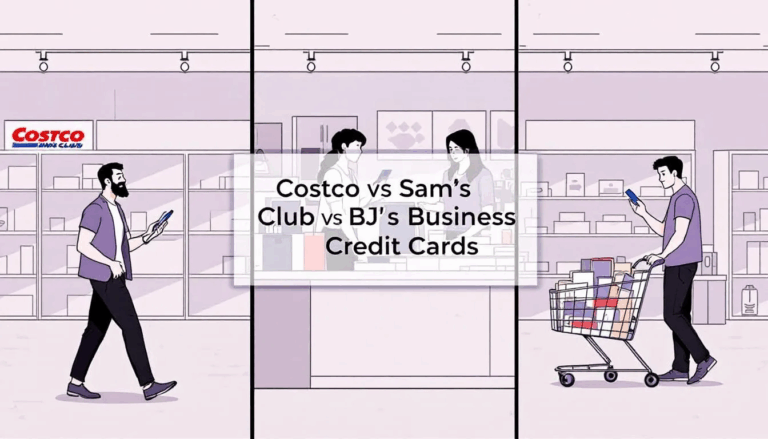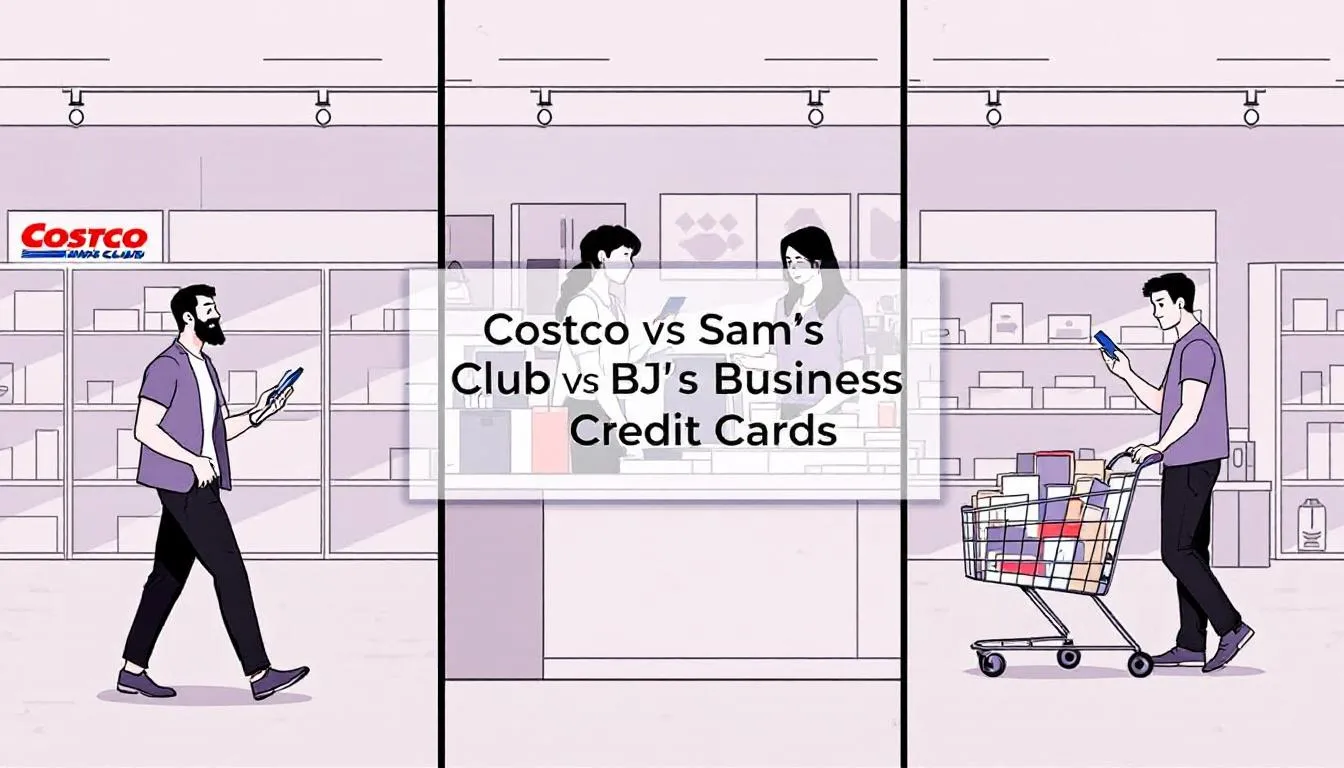What is an MCA Loan?
An MCA loan refers to an alternative business funding product called a merchant cash advance (MCA). It’s sometimes called MCA funding or simply abbreviated MCA. MCAs are an advanced-based financing method, relying on your business’s future sales and credit card transaction volume rather than collateral or standard loan requirements.
Financial services companies that provide merchant cash advance funds are commonly referred to as merchant cash advance companies or merchant cash advance funders. While they’re sometimes referred to as an “MCA loan,” the structure is not a traditional loan. You may also see MCAs listed as a business cash advance.
The MCA company provides the advance in exchange for a percentage of the business’s future receivables. It’s technically a business-to-business transaction. Traditional merchant cash advance repayment comes from future credit card sales, but more modern MCA options include repayment from all revenue via ACH transfer. MCAs are working capital based, meaning the funding and repayment are directly linked to your business’s cash flow and sales performance.
Since repayment comes from your business’s revenue, MCA companies are much more lenient about credit scores and time in business. MCA providers focus on business performance metrics, such as sales volume and cash flow, rather than relying solely on credit scores or collateral. They’re usually available if you don’t have business credit or a less-than-perfect credit score.
Businesses can utilize MCA funds for various purposes, including purchasing inventory, covering expenses, or paying payroll. This makes them more accessible for younger companies or credit-challenged small business owners. However, MCAs are one of the most expensive business funding products on the market.
How does a Merchant Cash Advance work?
Merchant cash advances have several components you must understand when pursuing this type of business funding. The general process goes like this:
- Apply to a merchant cash advance provider.
- Receive the cash advance as a lump sum.
- Repay the advance with a percentage of your future debit and credit card payments.
Some MCAs use a fixed amount for repayments, calculated based on estimated monthly sales, ensuring predictable repayment schedules. MCAs often feature flexible repayment terms that adjust with your sales volume, offering more freedom compared to traditional loans. The total cost of the advance is determined by the factor rate applied over the MCA term.
Advance Amounts
The advance amount is the amount of cash your business receives. Most MCA funders base the advance amount on previous credit card receipts and monthly revenue, as credit card transactions are the primary source of repayment. The MCA provider sends the advance as an upfront sum of cash.
Some funders base the amount on your average monthly credit card sales. Others might give you a total of your sales for the previous three months. It depends on your MCA company, personal credit score, and financials.
Many merchant cash advance providers also limit how much you can receive. MCAs through our network of funders have a maximum of $1 million.
Merchant Cash Advance Rates
Merchant cash advances charge a factor rate, rather than a traditional interest rate. The factor rate is the financing charge for the advance. It’s how the MCA funder makes its money. Factor rates differ from standard loan interest rates. It’s also sometimes referred to as a capital fee or discount rate.
Unlike interest rates, which are typically expressed as a percentage, factor rates are expressed as a decimal. Calculating the amount you’ll owe is easy, but MCA factor rates are often much more expensive than a loan APR.
Factor rates can range from 1.05 to 1.9. The rate you receive is usually based on your perceived credit risk.
The rate is applied at the beginning of the MCA and becomes the new balance owed. That means there’s no way to save money by paying off early like you could with interest on a loan (assuming no prepayment penalties).
To calculate the total owed, multiply the advance amount by the factor rate. For example, if you received an MCA for $50,000 at a factor rate of 1.2, the formula would be:
$50,000 x 1.2 = $60,000.
You’d have to repay $60,000 for the $50,000 advance. While you can think of the $10,000 charge as “interest,” it is actually the MCA funder purchasing $60,000 in receivables for $50,000.
Terms
Most MCAs are short-term, with terms ranging from 2 to 24 months on average. Each funder has different terms and ranges. Some might only last up to 12 months, while others could last up to 36 months, but that’s rare. If the repayment period takes longer, it can result in a lower APR, but may increase the total cost of financing.
The total merchant cash advance repayment amount must be paid by the end of the term. That means you must increase or maintain sales to ensure you’re on pace. Failure to repay the advance within the defined merchant cash advance terms could have costly repercussions. If you default on a merchant cash advance, you may face legal action, additional fees, or the need to restructure or refinance the debt.
Sometimes, you may need to take out a second MCA to cover the costs. These scenarios sometimes lead to getting trapped in a debt cycle that’s difficult to escape.
At other times, you may have to pay extra fees or make “catch-up” payments to get back on track. In worst-case scenarios, defaulting on the MCA results in the funder filing a lawsuit against your business to get a judgment for the amount owed. The judgment could result in the loss of collateral or business assets, such as equipment and inventory.
Fees
Some MCA companies charge additional fees in addition to the factor rate charge. Common MCA fees include:
- Application fee: A charge for processing your MCA application. Many MCA funders don’t charge an application fee. Look for ones that don’t charge this fee, as it would mean paying money before you even know if you’ll get the funds you need.
- Underwriting fee: Covers the cost of the funder’s underwriting process. Usually, this fee is only applied when the application gets approved for funds.
- Origination Fees: Many funders charge origination fees for MCAs. It’s also a common fee in standard small business loans (and sometimes personal loans). Origination fees are typically 1%-5% of the total borrowing amount, although some companies may charge as high as 9%. The fee is either deducted from the advance or added to the total repayment amount and is repaid in installments, like the principal and factor rate charge.
- Administrative fee: A charge for setting up the MCA account.
- Bank fee: Some funders charge a fee for processing the payment from your bank account.
- Broker fee: This is paid to a broker if you used a third party to assist in obtaining the MCA.
Payment Frequency
Most MCAs require frequent payments. They can be on a daily or weekly basis, but daily is more common. Some companies might offer biweekly payments.
Since repayment is derived from future sales, the amount you pay fluctuates in proportion to your sales volume. Lower sales days will result in a lower payment, while higher sales days will yield a larger payment.
The fluctuation is part of why MCAs are a good fit for businesses that experience a fluctuating sales pattern. It makes payment easier as long as the average over the MCA term is enough to repay in time.
Holdback Rate
Also known as a remittance rate, holdback rates are the percentage of your sales that are set aside for repayment. Most holdback rates range from 5% to 20%, but rates as high as 40% are also possible.
The holdback rate is based on your repayment total and terms. Shorter terms would necessitate a higher holdback rate to ensure timely repayment of the amount owed.
Holdback rates are typically processed in one of three ways:
- Split withholding: Your credit card processor splits sales as they happen. The portion of the remittance rate is paid directly to the MCA provider, and the remaining total is deposited into your merchant account.
- ACH withdrawal: The MCA funder deducts the payment from your business bank account with an automated clearing house (ACH) transfer.
- Lockbox or Bank Withholding: Your bank splits payments from credit card sales between your account and your MCA provider.
The first two methods are the most common and typically used for daily payments. A small business owner with a good credit profile is more likely to get weekly or biweekly payment schedules using the lockbox method.
MCA Example
Now that we’ve covered the components of an MCA, let’s look at how they all work together. In this example, the ABC Company received an MCA with the following features:
- Advance amount: $150,000.
- Factor rate: 1.25.
- Fees: 2% origination fee.
- Holdback rate: 15%
- Terms: 24 months.
- Repayment: Daily ACH transfer.
ABC Company successfully leveraged the MCA to manage its cash flow and support business growth by utilizing the funds strategically. This type of MCA arrangement is particularly suited for businesses with consistent sales and the ability to manage daily repayments.
The 2% origination fee on $150k = $3,000. We then add that to the repayment total after calculating the factor rate:
$150,000 x 1.25 = $187,500 + $3,000 = $190,500 in total repayment.
The company has 24 months to repay that amount, with 15% of its daily sales going toward repayment. 24 months = 730 days.
In this scenario, ABC company would have to average approximately $1,740 in daily sales (or $52,200 in monthly sales):
- $1,740 x 15% = $261 in daily remittance.
- $261 x 730 days = $190,530 total (the final day would only require a payment of $231).
Note: The above example assumes sales are conducted seven days a week. If your business closes on certain days, you’ll have fewer sales days in the term. You would then adjust your calculations based on the total number of sales days.
What are the benefits of a Merchant Cash Advance?
The primary benefit of an MCA is that it’s highly accessible. Therefore, business owners who cannot obtain traditional business loans can often still fund their companies with an MCA. MCAs have flexible qualification requirements, making them accessible to a broader range of businesses, including those that may not meet traditional lending criteria.
Most providers offer quick and easy online applications, and many also provide flexible qualification criteria, thereby reducing barriers for small businesses. They typically only require a few months of bank statements to confirm their cash flow.
In addition, MCAs are typically quick to fund. You can generally expect a decision within 24 hours of submitting your application. Some funders have same-day or even instant decisions.
Once approved, most MCA companies send the funds electronically within 24 to 72 hours. It may be possible to receive same-day business funding if everything proceeds smoothly.
Small businesses can use MCA funds for most business purposes. Business loans are most commonly for a defined purpose, limiting your use of the money.
What are the drawbacks of a Merchant Cash Advance?
The most significant disadvantage of MCAs is the cost. As mentioned, a merchant cash advance is one of the most expensive ways to fund a business, often resulting in higher costs compared to traditional loans.
Most MCAs have short terms and frequent payments. That combination could strain your cash flow if you don’t budget properly. MCAs are not federally regulated, which can lead to confusing contracts and potential predatory lending practices.
Unlike traditional business loans that require fixed payments—regular, predictable installments that include both principal and interest—MCAs do not have fixed payments, making their repayment structure more flexible but potentially more complicated to manage.
Finally, there’s no benefit to paying off the advance early. Unlike traditional loans with amortization schedules, MCA fees are all applied at the beginning of the funding agreement. Some funders even charge prepayment penalties if you attempt to pay off the loan early (although others may offer an early payoff discount).
MCA Pros & Cons
Pros:
- Highly accessible for business owners with bad credit.
- Minimal documentation requirements.
- Quick & convenient online applications.
- Typically, quick decisions – same-day approval is often possible.
- Fast funding times – usually within 24 hours.
- There are a few limits on how you can use the funds.
Cons:
- One of the most expensive business funding products.
- Usually has short repayment terms.
- Frequent payment schedules could strain cash flow.
- No way to save costs with an early payoff.
How to apply for a Merchant Cash Advance:
You can borrow up to $1 million, with terms of up to 24 months. Here’s how to apply:
Step 1: Consider Your Needs
Take time to ensure this is the right product for your needs and circumstances. Will you be able to utilize the capital to achieve your goals? Will the repayment structure do more good than harm to your operating capital? Do you know exactly how much funding to request? Answering these questions ahead of time will make the rest of this process much easier.
Step 2: Gather Your Documents
The application requires the following documents and information:
- Driver’s license
- Voided business check from your business checking account.
- Business bank account statements from the past three months
- Credit card processing statements from the past three months
Step 3: Complete the Application
You can begin the application process by calling us or filling out our one-page online application. Enter the information from the previous section along with your desired funding amount.
Step 4: Speak to a Representative
After applying, a representative will contact you to explain the repayment structure, rates, and terms of your available options. This will ensure that there are no surprises or hidden fees during the repayment period.
Step 5: Receive Approval
The process generally takes a few business days. The cash should appear in your checking account in 1-2 business days after approval.
Frequently Asked Questions
Here are the most common questions about merchant cash advances.
Do Merchant Cash Advances report to credit bureaus?
Most merchant cash advances do not report payment activity to credit bureaus. This means that repaying an MCA typically does not help build your business credit profile or impact your credit score with major credit bureaus. If building business credit is essential to you, consider financing options that report to credit bureaus.
Is an MCA a Business Loan?
No, MCAs are technically not loans in the traditional sense. It’s a business-to-business transaction that provides funding to support your company. Since MCAs aren’t loans, they’re not governed by the same strict rules as traditional bank loans.
What types of Small Businesses should use an MCA?
MCA funders weigh credit criteria differently. Approved businesses we work with typically meet the following criteria:
- Credit score: 550+
- Time in business: 4 months
- Annual revenue: $120k
Eligibility, fees, and terms for a merchant cash advance may also vary depending on the industry in which your business operates, as industry-specific factors can impact rates and approval.
As the name suggests, merchants are the target audience for MCAs. More specifically, businesses that process a high volume of credit card and debit card sales are usually good fits for MCA products.
They are also intended for businesses that struggle to get traditional financing. Companies often use MCAs to cover emergencies and unexpected costs or take advantage of a time-sensitive opportunity.
Small businesses affected by seasonality can also benefit from MCAs. You could use the funds to cover costs during the off-season, such as replenishing inventory. With the correct timing, you could use higher sales during the peak season to repay the advance quickly.
When should I use a Merchant Cash Advance?
Considering the expense and risks, MCAs should be used sparingly. However, with proper management and budgeting, an MCA can help boost your business and improve your financial position or growth when used strategically.
Here are some situations where an MCA may be worthwhile.
Bridge Financing: An MCA can provide short-term, temporary funding while you await a more advantageous business loan.
Emergency Expenses: No one wants to face an emergency, but it happens. Since MCAs are quick to approve and fund, they could provide just-in-time money when facing an emergency. It could even offer stopgap funding while you wait for an insurance payout.
Time-Sensitive Opportunities: Sometimes, you need quick funding to take advantage of a limited-time opportunity. For example, an inventory supplier offers a substantial discount if you purchase a larger quantity this quarter. The potential profit increase could more than justify the expense of an MCA.
Business Expansion: Suppose your sales are excellent, and you need to hire more staff and purchase additional inventory to expand your operations. An MCA could provide the short-term capital for those expansion costs.
Last Resort: Sometimes, your business needs funding, and you have no other options. MCAs can be an option of last resort.
These are just a few examples. Ultimately, it comes down to your unique business needs. The important thing is to have a plan for the funds and a repayment strategy.
What are my alternatives to an MCA?
Merchant cash advances are just one form of small business funding. If you’re interested in MCAs because you have poor credit, there are other bad credit business loans to consider.
Businesses that sell on credit and issue invoices would benefit more from accounts receivable factoring. It’s similar in that it involves a B2B transaction, where the funder purchases future receivables in exchange for a cash advance. However, it’s specifically for unpaid invoices in accounts receivable rather than anticipated future credit card receipts.
MCAs most commonly take payment from future credit card transactions. A revenue based business loan might make more sense if your business doesn’t do a high volume of card sales. These financing structures are similar to MCAs, but repayment is sourced from all revenue streams.
Consider a business line of credit if you’re trying to protect against unforeseen costs, such as emergency expenses. Once activated, you draw funds from the credit line as needed, similar to a credit card. Business credit cards are another option if an MCA or small business loan isn’t available. Responsible usage of business credit cards helps build business credit history.
You might also be interested in the following small business loans:
- Business term loans
- Business loans for women
- Equipment financing
- SBA loans
- Working capital loans
- ERC advances
MCA Loans for Small Business – Final Thoughts
Merchant cash advances can provide funding when your business needs it the most. But the costs and risks involved mean you should use them sparingly.
It’s also best to have a budget for your business to afford the repayments. Ensure you carefully review any MCA agreement before signing. You should understand all the costs and risks involved before committing to the funding arrangement.
Contact us if you have further questions about MCAs or would like to apply for a small business loan. Our business financing experts can help you find the best funding program for your credit score and business goals.













